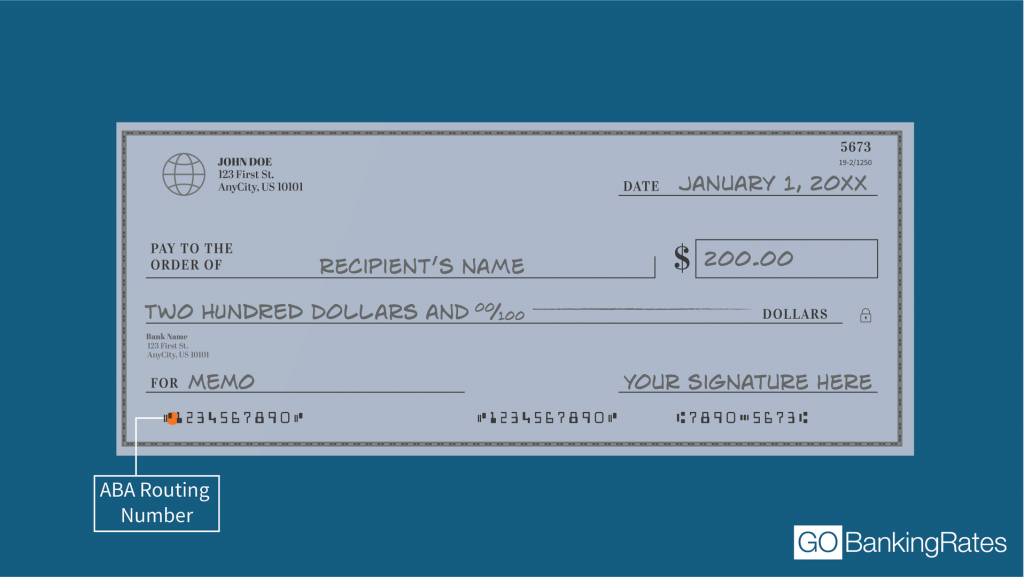

is a wholly-owned subsidiary of JPMorgan Chase & Co. “Chase,” “JPMorgan,” “JPMorgan Chase,” the JPMorgan Chase logo and the Octagon Symbol are trademarks of JPMorgan Chase Bank, N.A.
#Chase incoming wire routing number how to#
Now that you know how to access and use your routing number, you’re well on your way to completing your transactions. Without knowing your routing number, things may become more complicated.
#Chase incoming wire routing number full#
Sending or receiving electronic payments through mobile appsįor example, if you’re looking to initiate a domestic bank-to-bank wire transfer, you’ll usually need to provide the recipient’s full name, contact information and bank account details like routing and transfer numbers.Sending or receiving a domestic wire transfer.Receiving a direct deposit from your tax refund, stimulus check or government benefits.

Setting up direct deposit with your employer.You'll need your routing number in a handful of situations, including: Your account number provides access to the funds you have stored in your account, so you’ll want to keep it safe. For example, if you have a checking account and a savings account at the same bank, they’d have different account numbers but one routing number. In simplest terms, routing numbers indicate what bank your account is held at, whereas account numbers are your unique identifier at that bank.Īccount numbers are assigned to each account that you own. Your bank routing number and account number are both essential to ensure that the money is deposited to or withdrawn from the correct account. In short, they help establish a connection between your bank and an outside bank to transfer funds from one to another. Your routing number and account number are typically needed to set up transfers that occur to and from other bank accounts. Contacting the bankĪ bank teller should be able to provide your routing number in person, over the phone or at the drive-through window. Once you sign in to your account, you can find your routing number next to your account name. No check? No problem! There are a few ways to find your routing number without using a physical check. How to find my routing number without a check Find your routing and account number on the bottom of each of your checks as displayed below. If your checking account comes with paper checks, this is one of the first places you can look for your bank routing number. If you can’t seem to find your check routing number, don’t panic. Large national and multinational banks may have multiple routing numbers, but some banks and credit unions only have one. This also shows that the account is chartered at either the federal or state level. and show that the financial institution has an account with the Federal Reserve. Routing numbers are used only within the U.S. Routing numbers are also referred to as ABA routing numbers, referring to the American Bankers Association, which is responsible for assigning them out to each financial institution. It comes into play when you’re doing things like scheduling electronic payments, setting up direct deposits or sending and receiving electronic payments through mobile apps. bank or credit union in a financial transaction. What is the routing number on a checking account?Ī routing number is comprised of nine digits which identify a specific U.S.

Your routing number is typically not used frequently enough to memorize or always keep on you, so knowing how to find it at a moment's notice can come in handy. You’ll need access to your bank account to provide not only your bank routing number but your account number, too. Now, you’re looking to understand the part they play in the banking process. If you have a bank account, odds are you’ve heard about routing numbers.


 0 kommentar(er)
0 kommentar(er)
